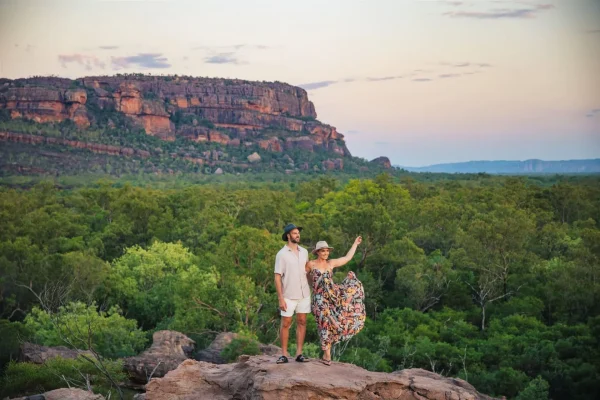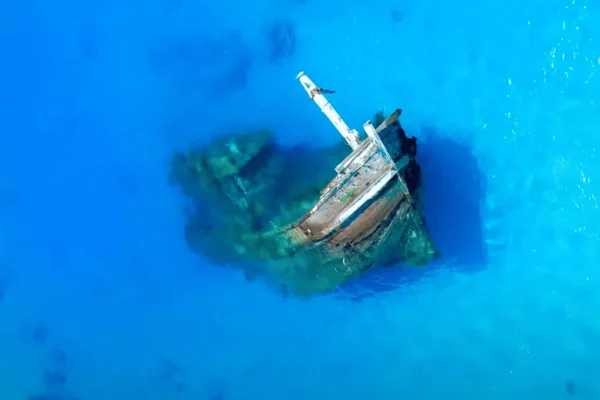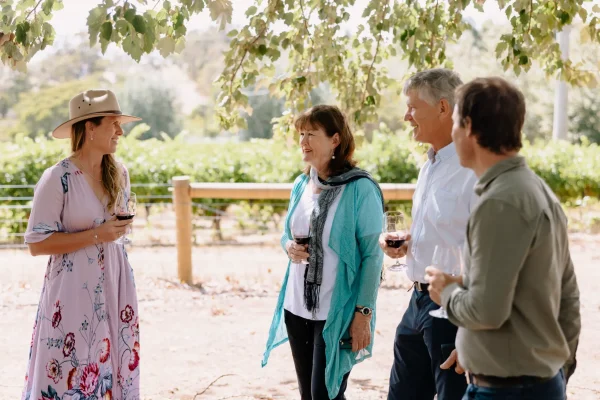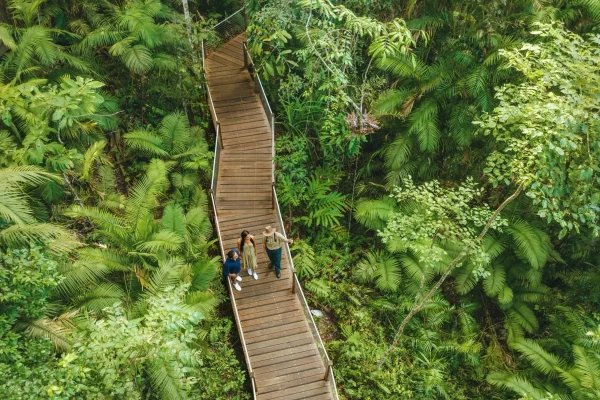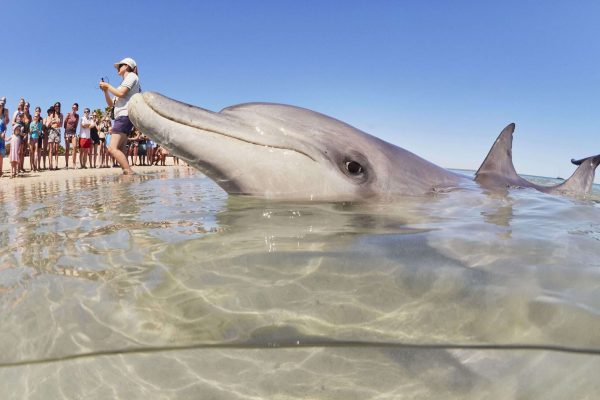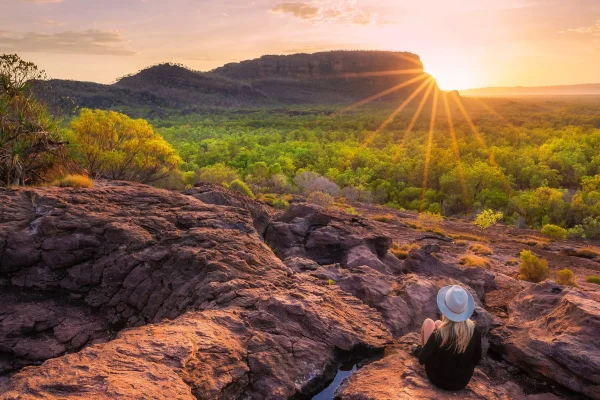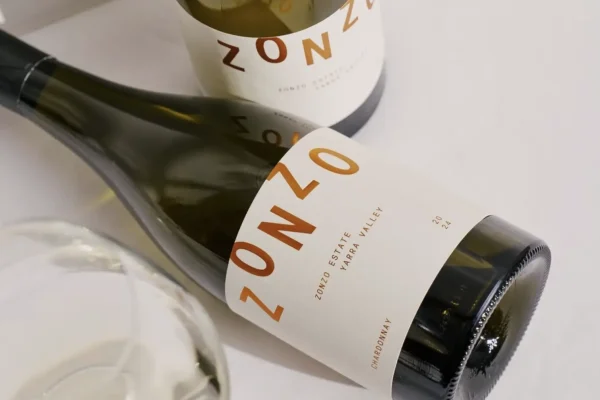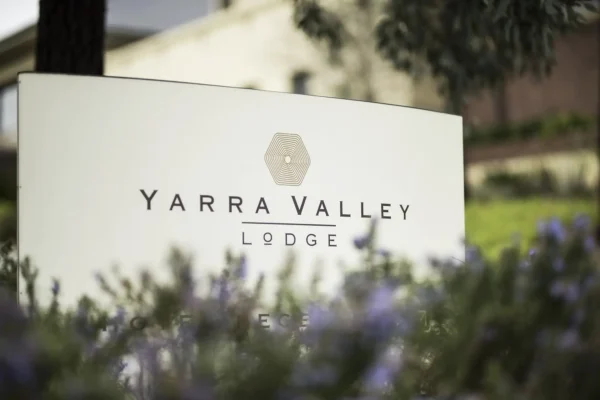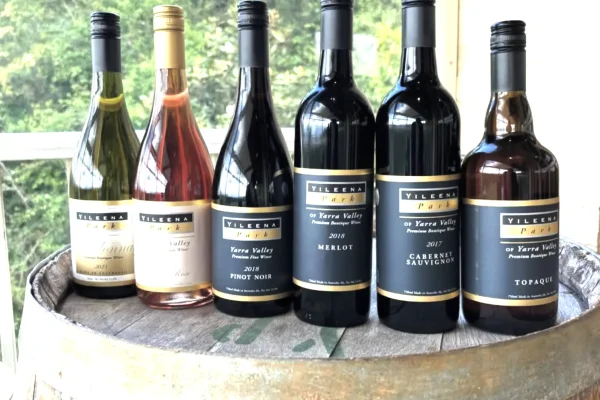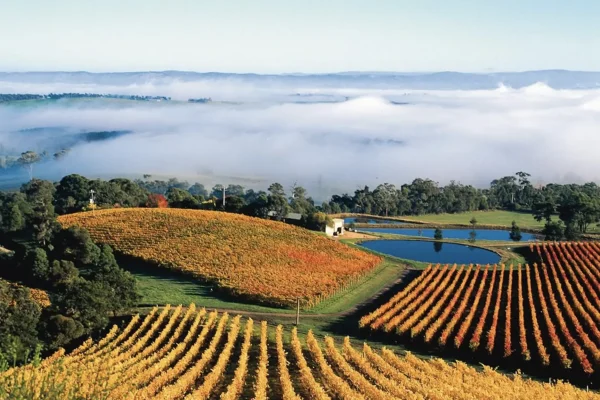The Great Ocean Walk is 100 km from Apollo Bay to the 12 Apostles and runs alongside Australia’s famous Great Ocean Road. Famous for its coastal scenery and varied terrain, this walk gives you up close and personal access to Victoria’s stunning coastline, towering cliffs, ancient forests, beaches, and unique wildlife. Whether you want an epic multi-day walk or a day escape, the Great Ocean Walk has something for everyone, from adventure seekers to casual walkers. The combination of natural beauty, historical landmarks and secluded campsites makes it one of the country’s most loved walks.
History of the Walk
The concept for the Great Ocean Walk was envisioned by Parks Victoria to offer an alternative and more immersive coastal experience beyond the iconic Great Ocean Road trip. Since its opening in 2004, the walk has become a sought-after destination, drawing thousands of walkers each year. The trail weaves through areas steeped in history, from ancient Indigenous sites to the shipwreck remnants at Wreck Beach. Highlights such as the Cape Otway Lighthouse—the oldest surviving lighthouse on mainland Australia—add a rich historical layer, allowing you to connect deeply with the region’s past while soaking in the beauty of the present.
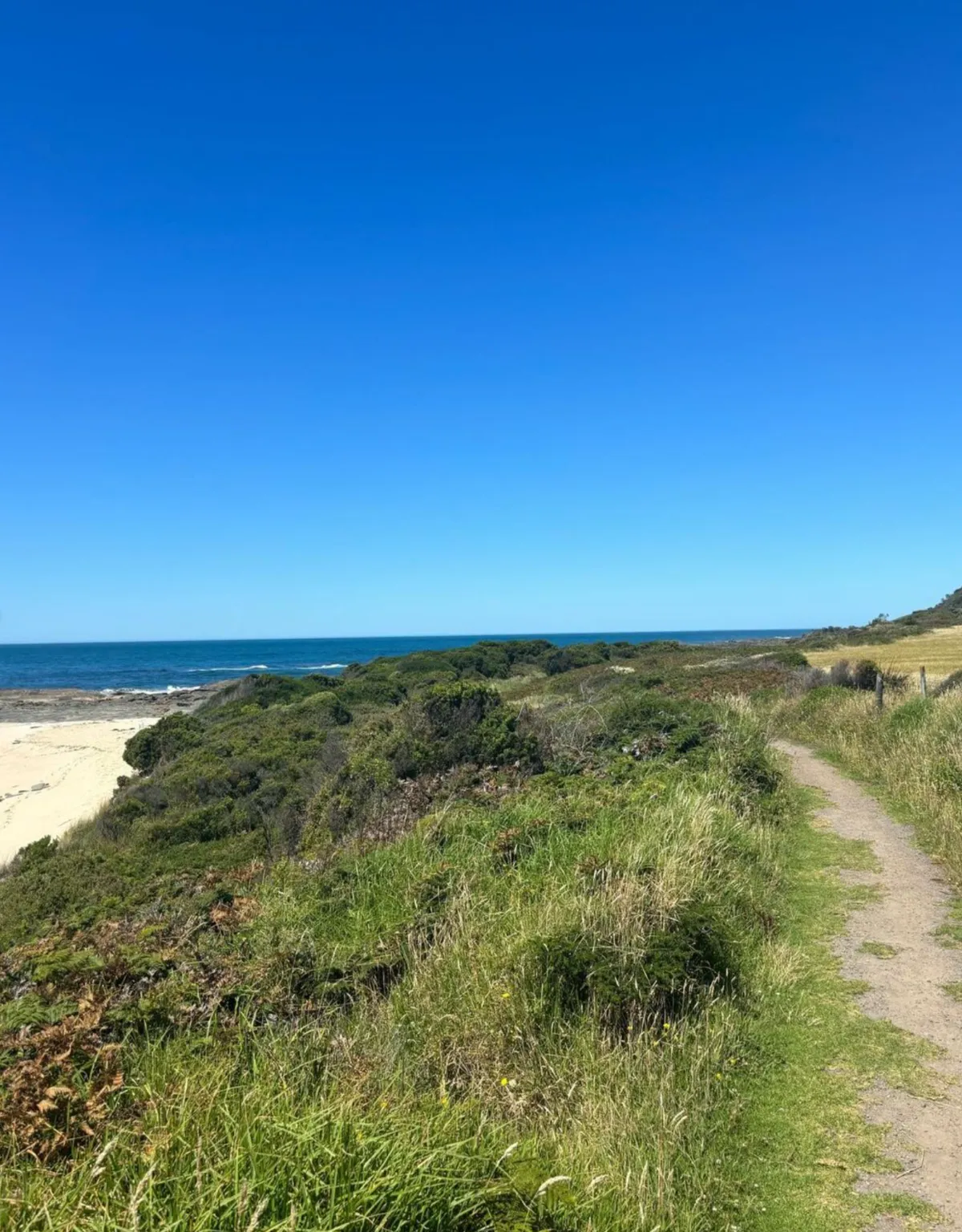
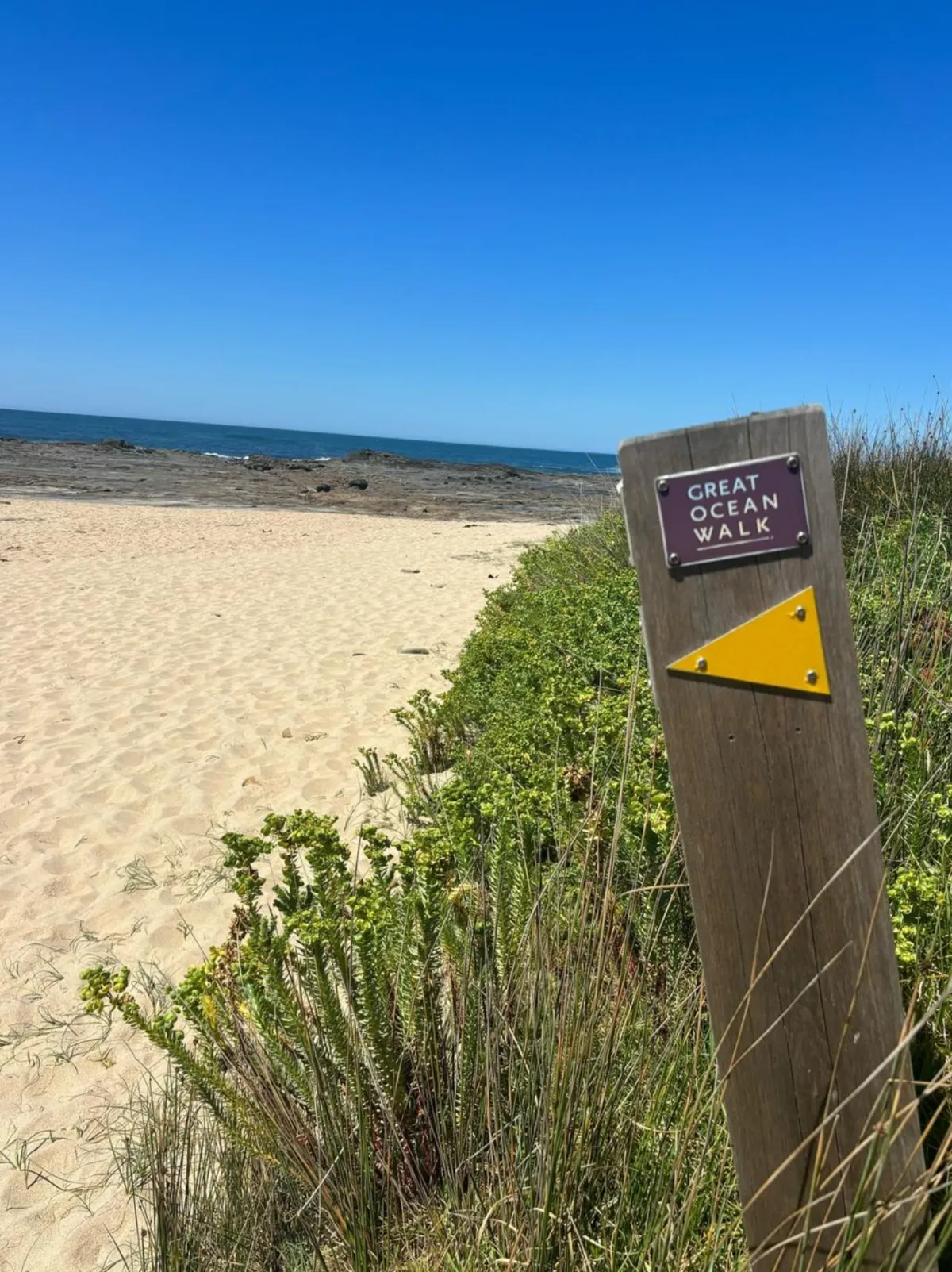
Why This Walk?
The Great Ocean Walk is a walkers’ paradise due to its natural beauty, accessibility and variety. Walkers can choose short day walks, single overnight trips or the full multi-day walk. With coastal heathlands, towering Mountain Ash trees, and pristine beaches, the landscape is always changing and stunning. Accommodation options range from back-to-nature campsites to comfy lodges, so you can experience rough and rough and rough and smooth. For extra convenience, shuttle services and luggage transfers are available if you want to walk with a lighter load. This makes the Great Ocean Walk suitable for walkers of all abilities and experience levels, something for everyone.
Walk Sections and Distances
The Great Ocean Walk has seven sections with well-formed tracks and signs by Parks Victoria. Here’s a breakdown of each:
Blanket Bay to Cape Otway
11km of this section is from Blanket Bay to the famous Cape Otway Lightstation. The track varies from coastal cliffs to dense forests to historical sites. Cape Otway is steeped in history. The Cape Otway Lighthouse is a great point of interest. The lighthouse has been operating since 1848. It overlooks the cliffs and was a beacon for ships navigating the Bass Strait. This section is great for birdwatching with yellow-tailed black cockatoos and other local species.
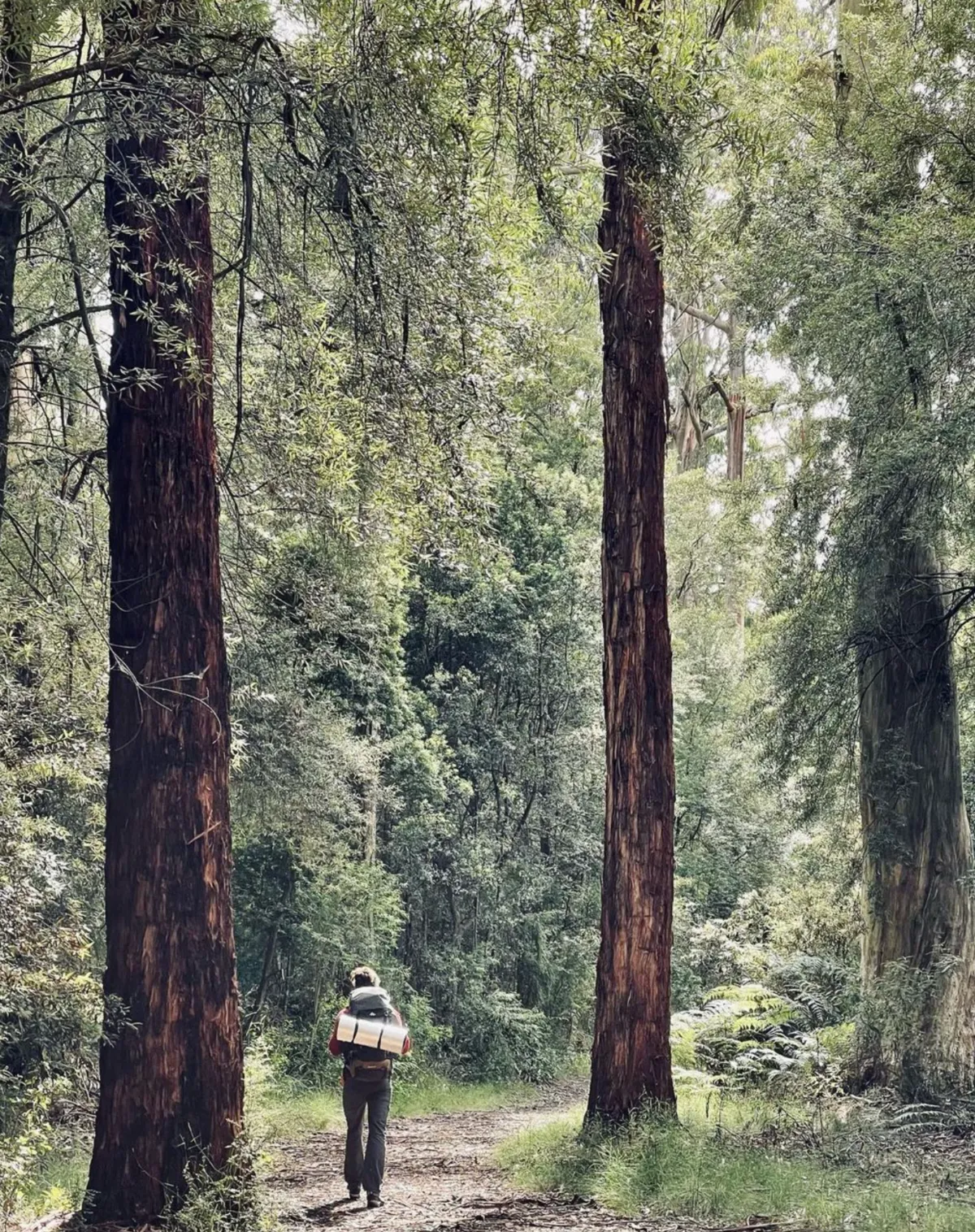
Apollo Bay to Blanket Bay
The walk starts in Apollo Bay, a lovely seaside town with beautiful coastal views and a relaxed vibe. 21km of this section is through tall eucalyptus forests and greenery, past the Apollo Bay Visitor Information Centre. For nature lovers, the area around Blanket Bay is koala country so great for wildlife spotting.
Cape Otway to Aire River
10km of this section is to the Aire River. The track takes you through coastal scrub and rocky outcrops and then to the Aire River estuary, where the river meets the sea. Aire River Campground is a peaceful place to camp, surrounded by greenery. The nearby Rainbow Falls is a short side trip where natural springs cascade over the cliffs and into the ocean.
Aire River to Johanna Beach
14km of this section is to Johanna Beach. The beach is famous for its beauty and big waves. It’s a popular spot for surfers and a great place to rest or camp. The area is open grassy plains, so it feels remote and perfect for a sunset walk. Johanna Beach Campground is a secluded spot with coastal and ocean views. It’s a great spot to take in the rugged scenery.
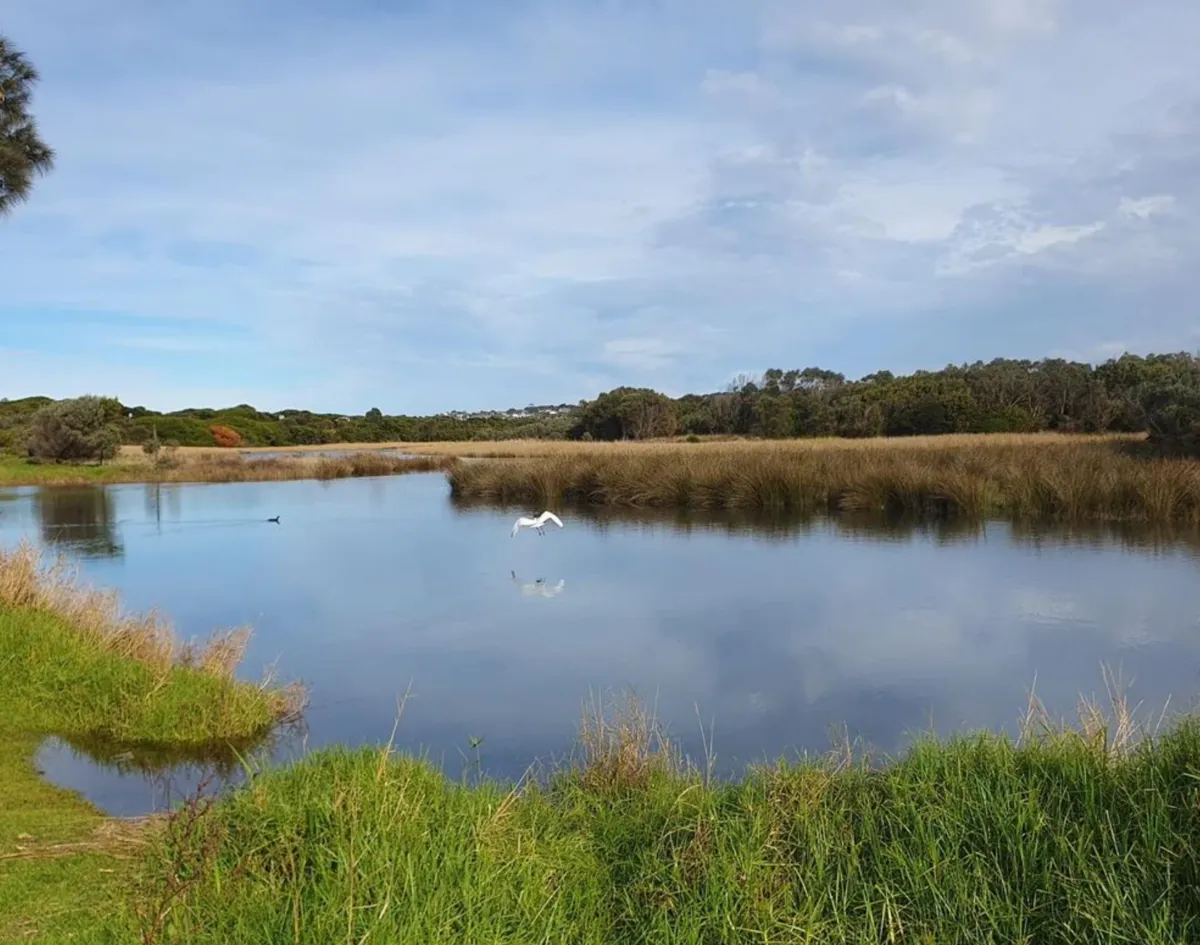
Johanna Beach to Ryans Den
13km of this section is the toughest, it takes you over high cliffs with views of the Southern Ocean. The track between Johanna Beach and Ryans Den has steep bits but the views are worth it. You’ll pass Castle Cove, a high point with great ocean views. If you want solitude this section is the place to get it, no distractions and you can take in the natural landscape.
Ryan Den to Devils Kitchen
14km of coastal cliffs, sheltered bays and beaches. Devil’s Kitchen is the end of this section, with unique rock formations and cliff views. Milanesia Beach is nearby for another peaceful stop with a secluded beach and rugged backdrop. This section has some of the most varied landscapes of the whole walk, with ocean views and hidden coves to explore.
Devils Kitchen to the Twelve Apostles
The last 16km is the best of the Great Ocean Walk. From Devil’s Kitchen to the Twelve Apostles. This section goes through Port Campbell National Park, which has the best views of the coastal cliffs and the massive sea cliffs of the area. The dramatic finish at the Twelve Apostles makes this section the finale of the walk.
Clifftop Views
Throughout the Great Ocean Walk you’ll find clifftop views that offer ocean views. Castle Cove and Devil’s Kitchen are great spots to see the sea meet the coastline and capture the beauty of Victoria.
Wildlife Encounters
Kangaroos, wallabies and the odd koala can be seen in the wild. Cape Otway is a good spot to see koalas, and Apollo Bay is to see dolphins and seabirds. Wreck Beach and Milanesia Beach are also great spots for birdlife, so the Great Ocean Walk is a must for wildlife enthusiasts.
Beaches and Rock Formations
The track includes access to remote and pristine beaches like Station Beach, Milanesia Beach and Wreck Beach. These secluded spots are great for a rest, exploring rock pools or admiring ancient rock formations. Wreck Beach has remnants of historical shipwrecks visible at low tide.
The Twelve Apostles
The ultimate highlight of the walk, the Twelve Apostles, has one of the most iconic views in Australia. The stacks rise up from the ocean, and the view at the end of the walk is worth the effort. Visitors are often struck by the contrast of the stacks against the waves and the sky.
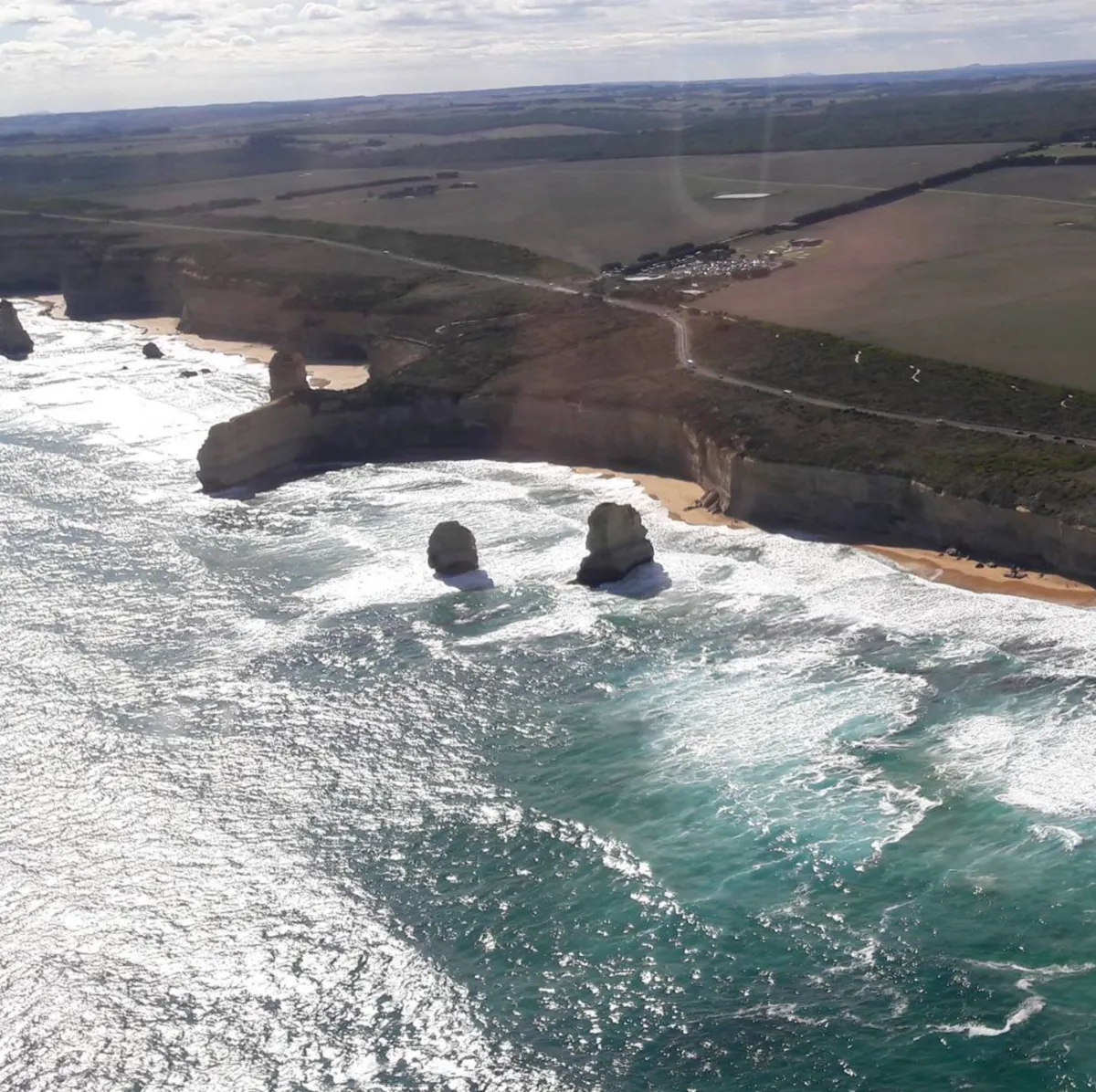
Wildlife and Nature
The southern coast of Victoria has a wide range of flora and fauna. In the coastal heathlands near Cape Otway you’ll see wildflowers, in the dense forests you’ll see echidnas and possums. The varied ecosystems from sandy beaches to native Mountain Ash forests are home to native species including rare birds and marine life.
Great Ocean Walk Campsites
The trail has several campsites managed by Parks Victoria, Blanket Bay, Aire River and Devils Kitchen Campground. These campsites have basic facilities, tent pads, water and some shelter. Bookings are essential to ensure a spot, and campsites fill up fast during peak season.
Nearby Accommodation
For those who want a bit more comfort, the towns along the trail, Apollo Bay and Port Campbell, have accommodation options ranging from beachside inns to eco-lodges with ocean views. Bimbi Park near Cape Otway has a unique camping experience under the stars, while accommodation in Apollo Bay allows hikers to recharge in style.
Short Walks & Day Hikes
Shorter sections like Apollo Bay to Blanket Bay and Cape Otway to Aire River are perfect for day walkers who want to experience the trail without committing to the full multi-day journey. These shorter walks allow you to see the highlights of the trail in just a few hours with just a day pack.
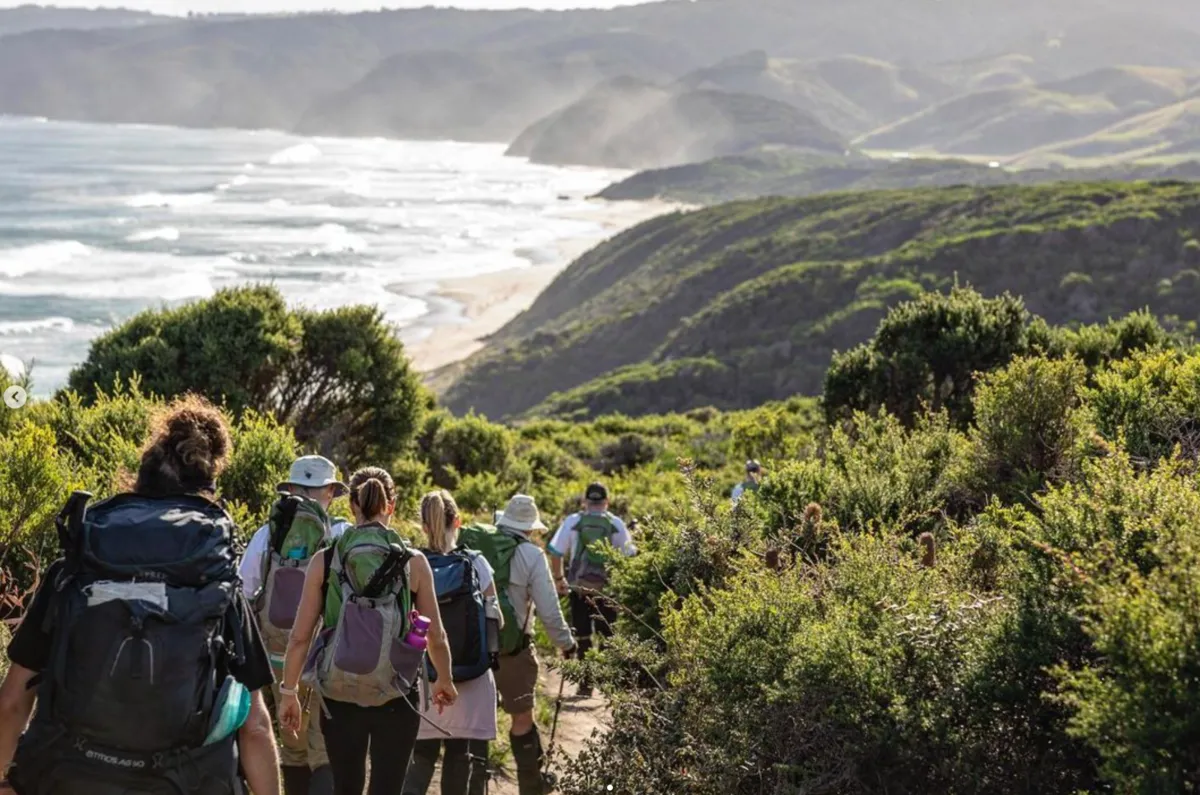
FAQ
What to bring?
Bring a day pack, plenty of water, navigation tools and layered clothing. Sturdy hiking shoes are a must as the terrain is beach walking and rocky paths.
Do I need a permit or booking for the Great Ocean Walk?
Yes, a permit and booking are required to camp on the trail. This helps Parks Victoria manage visitor numbers and protect the environment.
Are there guided tours for the Great Ocean Walk?
Yes, guided tours are available, private transfers, substantial walkers lunches and expert knowledge of the area.
What time of year is best to hike the Great Ocean Walk?
Spring and autumn are mild and ideal for hiking and wildlife spotting. Winter is wet, and summer is hot.
Can I do short walks on the Great Ocean Walk?
Yes, sections like Apollo Bay to Blanket Bay or Cape Otway to Aire River are day walks so that you can experience the walk without the full journey.

